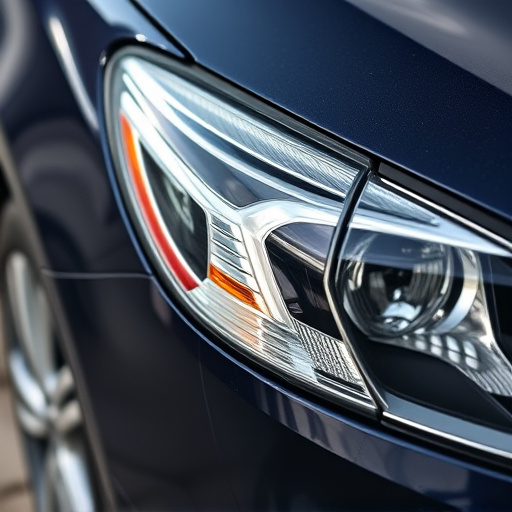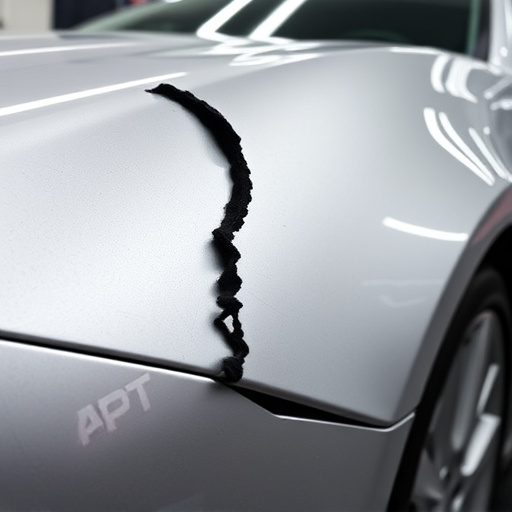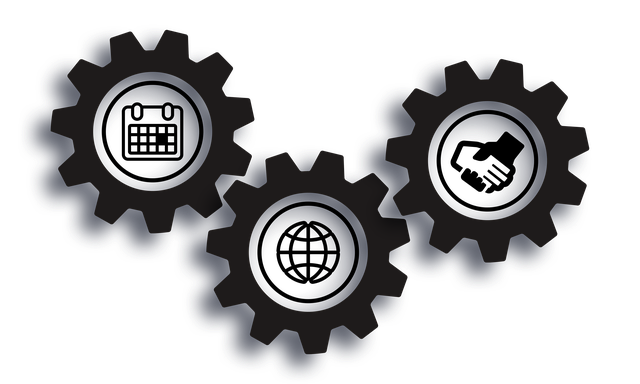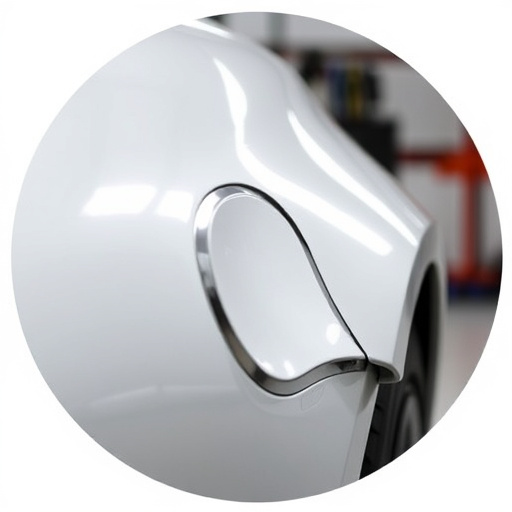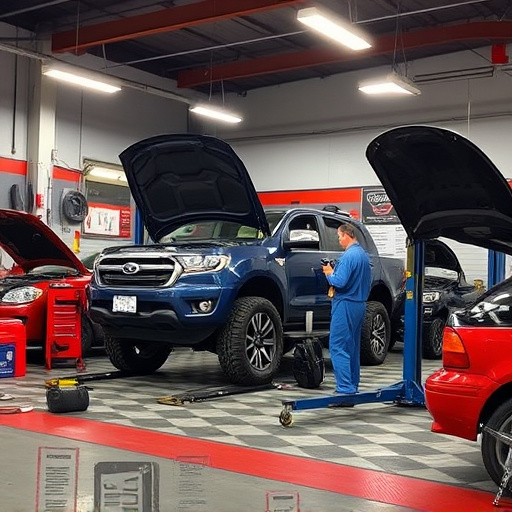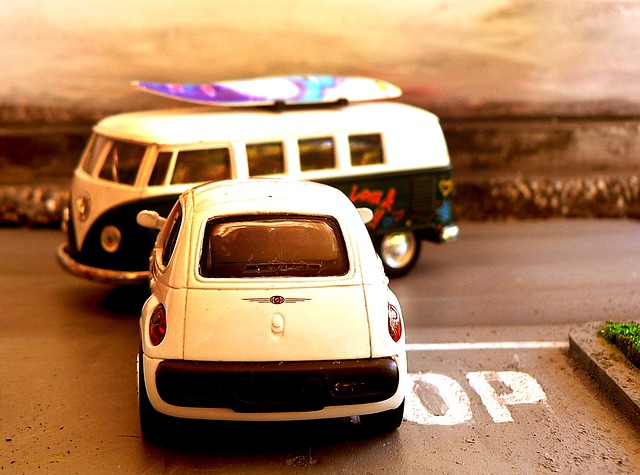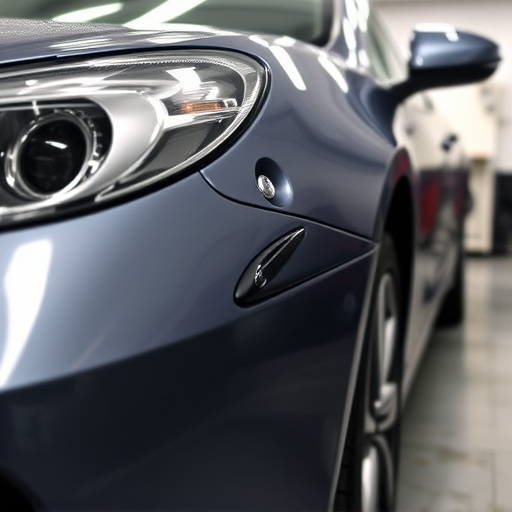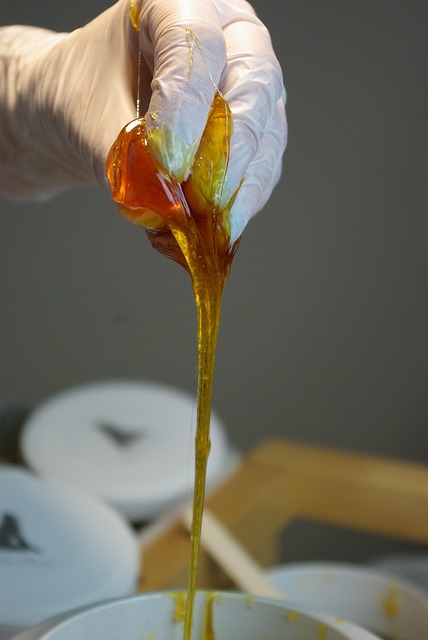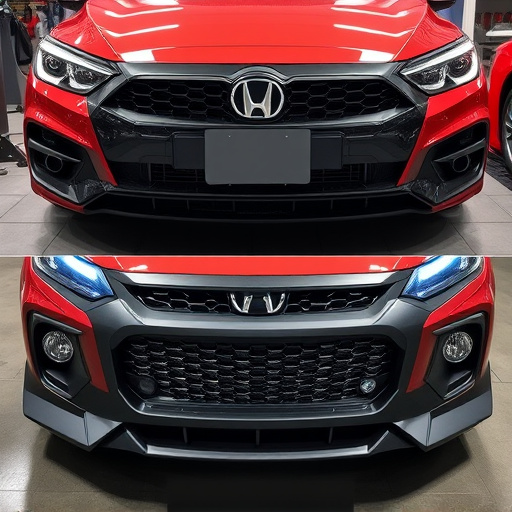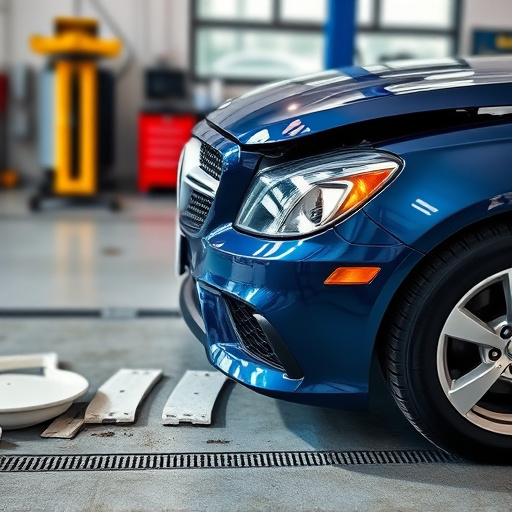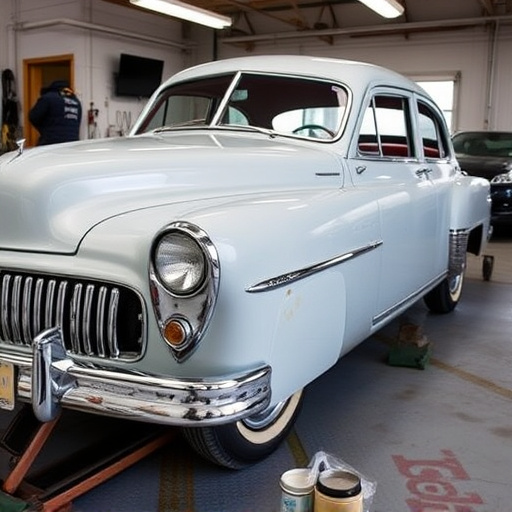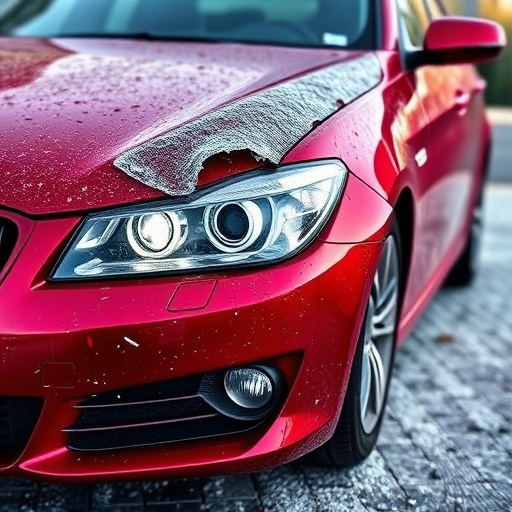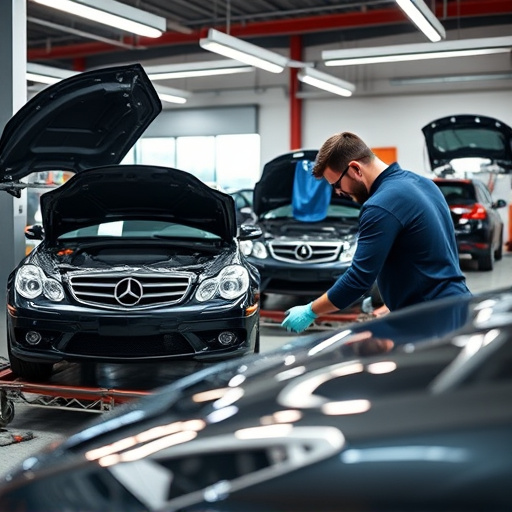Radiator collision repair is a cost-effective solution for fender benders, addressing dents, cracks, and leaks to prevent overheating issues. Skilled technicians use specialized tools for paint and scratch removal, ensuring structural integrity and optimal cooling performance. Common problems include road debris damage, corrosion, and faulty parts, which auto shops address with efficient, affordable repairs or replacements, preserving vehicle value and longevity.
Radiators, vital components of our vehicle’s cooling systems, can suffer damage from collisions or corrosion. While full replacement might seem like the only option, radiator collision repair techniques offer a cost-effective alternative. This article delves into the basics of radiator collision repair, exploring common issues like dents, leaks, and cracks that often require fixing. We’ll guide you through effective strategies for partial restoration, empowering you to make informed decisions and potentially save on repairs.
- Understanding Radiator Collision Repair Basics
- Common Issues Leading to Radiator Repairs
- Effective Strategies for Partial Radiator Restoration
Understanding Radiator Collision Repair Basics
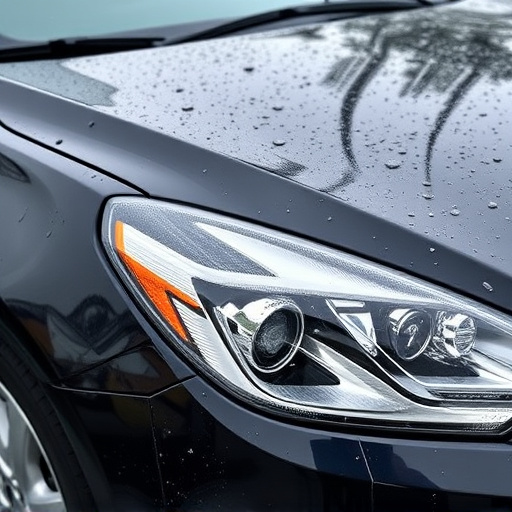
When a vehicle experiences a fender bender or any impact that affects the front end, it’s common for radiators to sustain damage. Before considering full replacement, understanding the basics of radiator collision repair is key. This process involves assessing and fixing issues like dents, cracks, or leaks in the radiator itself, as opposed to simply replacing the entire unit.
During a collision, even minor ones, the force can cause stress points along the vehicle’s exterior, including the radiator. Dents, creases, or fissures can compromise its integrity, leading to overheating issues. Skilled technicians use specialized tools and techniques for car paint repair and car scratch repair to return the radiator to its optimal condition while ensuring structural soundness. This not only saves costs but also extends the life of what’s often a critical component in maintaining your car’s overall performance and safety.
Common Issues Leading to Radiator Repairs

Radiators are a critical component of any vehicle’s cooling system, and their efficient operation is vital for maintaining optimal engine temperature. Over time, several factors can contribute to the need for radiator collision repair or replacement. Common issues include damage from road debris, such as rocks, branches, or metal shards, which can puncture or crack the radiator’s delicate structure. Even minor collisions or fender benders may cause significant stress on the radiator, leading to leaks or structural failures.
Another frequent concern is corrosion, especially in regions with high humidity or salt-laden roads during winter. Corrosion weakens the metallic components of the radiator, including its core and pipes, making them susceptible to leaks or complete failure. Additionally, faulty thermostats or cooling fans can cause overheating issues, further straining the radiator and leading to repairs or replacements over time. Auto repair near me often includes specialized services for these complex problems, ensuring vehicles return to peak performance with efficient radiator collision repair.
Effective Strategies for Partial Radiator Restoration
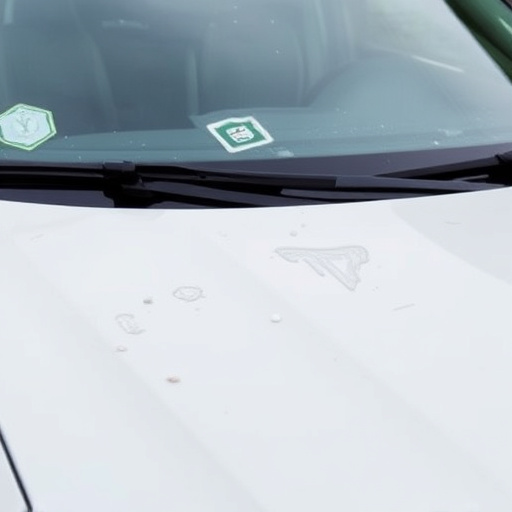
In many cases, radiator collision repair can go beyond a full replacement, offering effective strategies for partial radiator restoration. This approach not only saves costs but also preserves the original vehicle bodywork and its aesthetic value. Skilled technicians can assess the damage and determine if certain components can be repaired or refurbished. For instance, instead of replacing the entire radiator, they might patch up small cracks or holes using specialized materials designed to match the existing metal.
Additionally, modern techniques like paintless dent repair can be employed to straighten out bent or damaged parts without the need for extensive painting or re-bodywork. This method involves using special tools and expertise to push out dents from the vehicle’s surface, restoring it to its original condition. Integrating these innovative practices in radiator collision repair ensures a more sustainable and cost-effective solution, enhancing the overall longevity of the vehicle restoration process.
Many radiator issues can be addressed through strategic repairs rather than full replacements. By understanding common problems and employing effective restoration strategies, it’s often feasible to extend the life of your vehicle’s radiator. Armed with knowledge about radiator collision repair, you can make informed decisions, save costs, and keep your vehicle running smoothly for longer.
